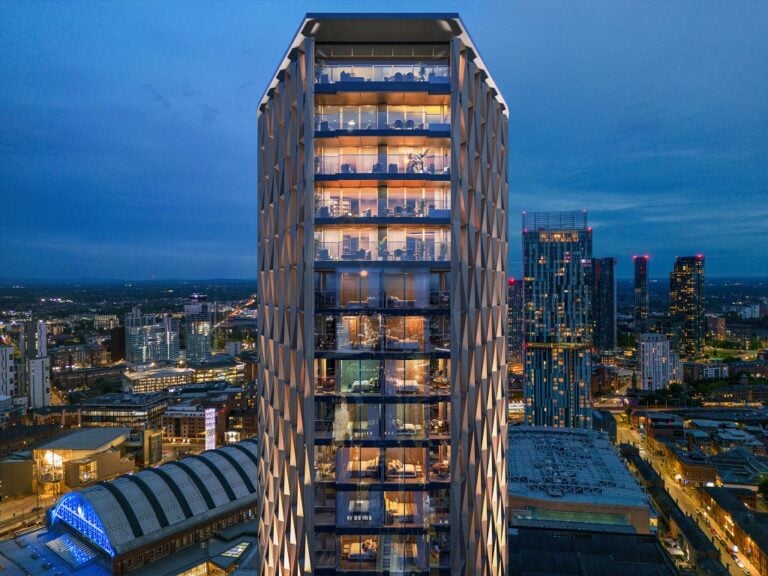While the cost of materials has edged downwards recently, planning delays are expected to have an impact on housebuilding in the next quarter.
More than four fifths (85%) of respondents in the latest Knight Frank Residential Development Land Index for Q2 said that planning delays could be the largest hurdle when it comes to delivering new-builds during the second quarter, with 77% saying this will also be the biggest stumbling block for Q3.
The report reveals that uncertainty over the “future direction of planning” has caused some development projects to stall, while in Q1 this year, the number of decisions granted fell by 16% compared with Q1 2022.
Half of housebuilders surveyed said that they allowed more than one year to secure reserved matters approval on an allocated site, which is the next stage after outline permission has been granted. The ideal timeframe for approval should be between eight weeks to three months, depending on the size of the development.
The survey found that almost a fifth (18%) of builders even allowed up to two years for this stage of the planning process, and only 13% said they begin building within up to six months.
Planning reform?
The government has indicated that it will bring in additional reforms in order to speed up the planning system for new developments and “unlock planning decisions”. Last month, Housing Minister Michael Gove announced a new fund of £24m to “scale up local planning capacity”.
There will also be an additional £13.5m to create a new “super-squad of experts” to support large-scale development projects, according to Gove.
“Later in the year, the government will pass the Levelling Up and Regeneration Bill to put in place our reforms to the planning system that will create more beautiful and sustainable homes in the right places, and publish updates to the National Planning Policy Framework,” he added.
There is also set to be more of a focus on “building up and out” with an emphasis on increasing the level of housing available in the UK’s major cities, increasing population densities to make them more in line with “comparable Western countries”.
There is also set to be a drive towards converting more commercial to residential premises, which you can read more about here.
Residential land values can be volatile
In the second quarter of this year, Knight Frank reported a fall in residential UK land values, with greenfield falling by an average of 6.1% and urban brownfield falling by 5.9%. This brings the annual change to -14.6% and 17.9% respectively.
This is linked to house price stagnation, rising borrowing costs and an uncertain economic picture, says the report, although it points out that “residential land values tend to be volatile and highly sensitive to house price changes”.
Some housebuilders are operating a more “cautious approach” at this time, attempting to reduce their outgoings. Average operating margins are expected to decrease from 20.1% in the 2021-22 financial year to 15.7% in 2022-2023, in research attributed to Redburn.
However, build costs have become more manageable, with the cost of key building materials such as timber, steel and concrete dropping by around 20% over the past year. This is off the back of a 60-80% surge in prices in 2021, so they remain historically high.
According to the BCIS forecast, build costs are expected to increase by “a more manageable” 5.1% overall this year, although anecdotally builders are still reporting rises in both building material costs and labour costs.
Knight Frank’s report concludes: “While the immediate picture for the land market is challenging, a reduction in cost inflation should eventually help reduce pressure on margins and give developers more of an incentive to purchase land.
“The longer-term fundamentals for the new homes market also remain robust, with supply shortages likely to support pricing.”










